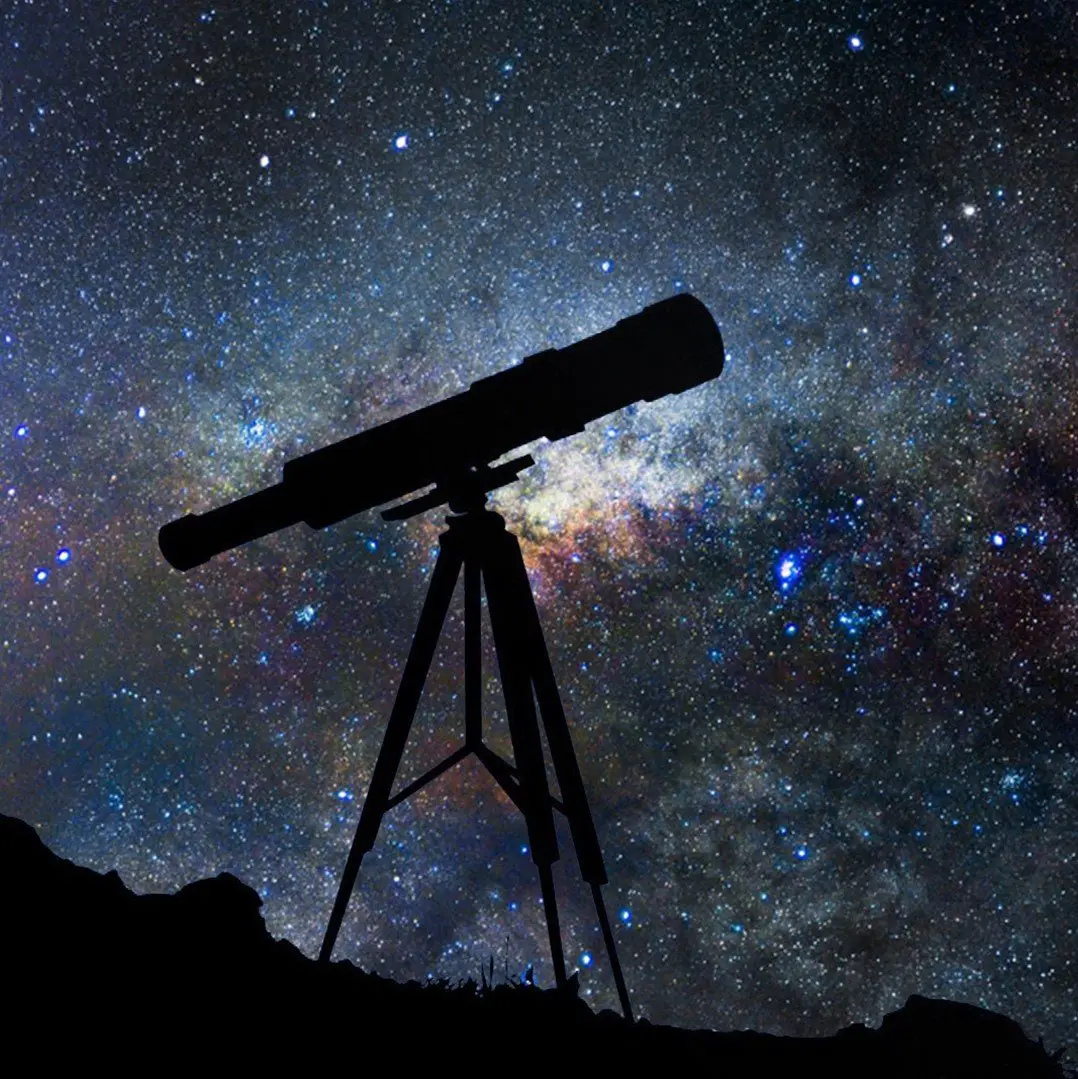


Using one of these scopes, you can start with a look at the moon, move on to the planets of our solar system, and then venture on to the “deep sky” to examine star clusters, nebulae, and galaxies.ĭuring our research we found telescopes that had the appropriate range to start a new astronomer out and then keep them involved. We have carefully chosen the telescopes that are designed to help you become familiar with the night sky. The information provided in this article is mainly for amateur astronomers, beginners, kids, or if you are someone looking for a telescope that can be used by your entire family with minimum supervision and the least amount of set-up time. Type: Refractor, Aperture: 70mm (2.75″), Focal length: 400mm, Focal Ratio: f/5.7

Type: Schmidt-Cassegrain, Aperture: 127mm (5″), Focal length: 1500mm, Focal Ratio: f/12 Type: Schmidt-Cassegrain, Aperture: 150mm (5.9″), Focal length: 1500mm, Focal Ratio: f/10 Type: Newtonian Reflector, Aperture: 203mm (8”), Focal length: 1200mm, Focal Ratio: f/6 Type: Refractor, Aperture: 90mm(3.5”), Focal length: 600mm, Focal Ratio: f/6.7Īperture: 70mm (2.8″) Focal length: 700mm, Focal Ratio: f/10 This story originally appeared on The Sun and has been reproduced here with permission.Type: Newtonian Reflector, Aperture: 127 mm(5″), Focal length: 1000mm, Focal Ratio: f/8 The “ghostly face” was actually a galactic collision. It’s actually a rare image of a galactic collision. This ghostly face was pictured staring back at us from deep space. DePasquale/AFP/Getty Images “Ghostly face” This image of Saturn shows its detailed rings and an aurora event. We also get auroras in our polar regions here on Earth, such as the northern lights. It shows auroras on Saturn’s north pole region. This amazing image of Saturn shows its detailed rings as well as an aurora event. NASA via Getty Images Saturn rings and auroras The images and data the Hubble Space Telescope has collected changed and enhanced our understanding of the cosmos. The galaxy appearing multiple times in the image has been nicknamed the Sunburst Arc. The unusual sight was captured using the Nasa/ESA Hubble Space Telescope with the aim of giving scientists a better understanding of the early universe. NASA/ESA/Hubble/AFP via Getty Images Galaxy optical illusionĪstronomers spotted a galaxy in the distant universe which appears duplicated on the night sky at least 12 times. An enormous “mega-storm” is seen swirling above Jupiter’s surface. The so-called Great Red Spot is wider than the Earth, with furious winds reaching speeds of up to 425mph. This stunning photo of Jupiter clearly shows an enormous “mega-storm” swirling above the surface. It spans 4 to 5 light-years of the nebula, which is about 70 by 55 light-years wide.Ī nebula is just a large cloud of dust and gas in space. It’s called the Pillars of Creation and shows a small section of the Eagle Nebula. Nasa’s Hubble Space Telescope captured this image in 1995. The images and data Hubble has collected so far have changed and enhanced our understanding of the cosmos. Over the past three decades, the Hubble telescope has been beaming amazing images of space back to Earth. The James Webb telescope will one day succeed the Hubble but it will have a hard job replacing some of the most amazing space images taken by the older craft. You may have seen the James Webb Space Telescope discussed a lot this week but the Hubble Space Telescope was once the most iconic. Millions of asteroids could make you richer than Elon Musk Giant asteroid three times as big as Statue of Liberty to ‘skim’ past Earth Scientists baffled after recording ‘eerie sounds’ coming from Jupiter’s moon Where is the James Webb space telescope RIGHT NOW? NASA launches alien-hunting James Webb space telescope


 0 kommentar(er)
0 kommentar(er)
